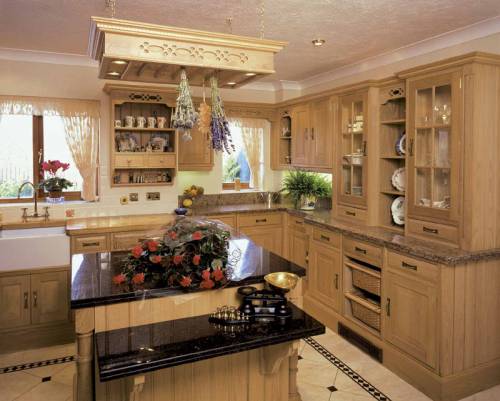
What Are Downdraft Extractors?
Downdraft extractor pros and cons. Downdraft extractors are ventilation systems installed in kitchen worktops that draw cooking fumes, smoke, and odors downward, away from the cooking surface. Unlike traditional overhead range hoods, these systems are integrated into the worktop, usually beside or behind the cooktop.
Pros of Downdraft Extractors
Space-Saving Design
One of the most significant advantages of downdraft extractors is their space-saving design. They eliminate the need for a bulky overhead hood, making them ideal for kitchens with limited space or for those looking to maintain a minimalist aesthetic.
Aesthetic Appeal
Downdraft extractors contribute to a sleek, modern kitchen look. They remain hidden when not in use and only pop up when needed, allowing for clean, unobstructed sightlines in your kitchen.
Versatility in Kitchen Layout
These extractors provide greater flexibility in kitchen design. Since they don’t require overhead installation, you can place your cooktop in locations that might not traditionally accommodate a range hood, such as on an island or in front of a window.
Improved Lighting
Without an overhead hood, lighting above the cooktop can be more effective. This allows for better visibility while cooking, which can enhance both the cooking experience and kitchen safety.
Efficiency in Removing Fumes
Downdraft extractors can be very effective in removing fumes and odours, especially in open-concept kitchens where smoke and smells might otherwise spread more easily.
Cons of Downdraft Extractors
Limited Effectiveness with Large Pots
One of the drawbacks of downdraft extractors is their limited effectiveness when used with tall pots and pans. Since the system pulls air downwards, it may not capture all the fumes and smoke rising from taller cookware.
Installation Complexity
Installing a downdraft extractor can be more complex and expensive than traditional range hoods. It often requires custom cabinetry and precise placement, potentially increasing the overall kitchen renovation cost.
Lower Extraction Power
Downdraft systems may have lower extraction power compared to some powerful overhead hoods. This could be a concern for those who frequently engage in heavy-duty cooking that generates a lot of smoke and strong odours.
Noise Levels
Some users report that downdraft extractors can be noisier than expected. The noise is due to the high-speed fans required to pull the air downwards effectively, which can be more noticeable in a quiet kitchen environment.
Maintenance and Cleaning
Maintaining and cleaning downdraft extractors can be more challenging compared to traditional hoods. The filters and vents are located within the counter, which may require more effort to access and clean regularly.
Conclusion
Downdraft extractors offer a stylish and space-saving alternative to traditional range hoods, with significant benefits in terms of aesthetics and kitchen layout flexibility. However, they also come with limitations, such as reduced effectiveness with large cookware, higher installation costs, and potential noise issues. When choosing a downdraft extractor, it’s essential to weigh these pros and cons against your specific cooking habits and kitchen design needs to make the best decision for your home.


